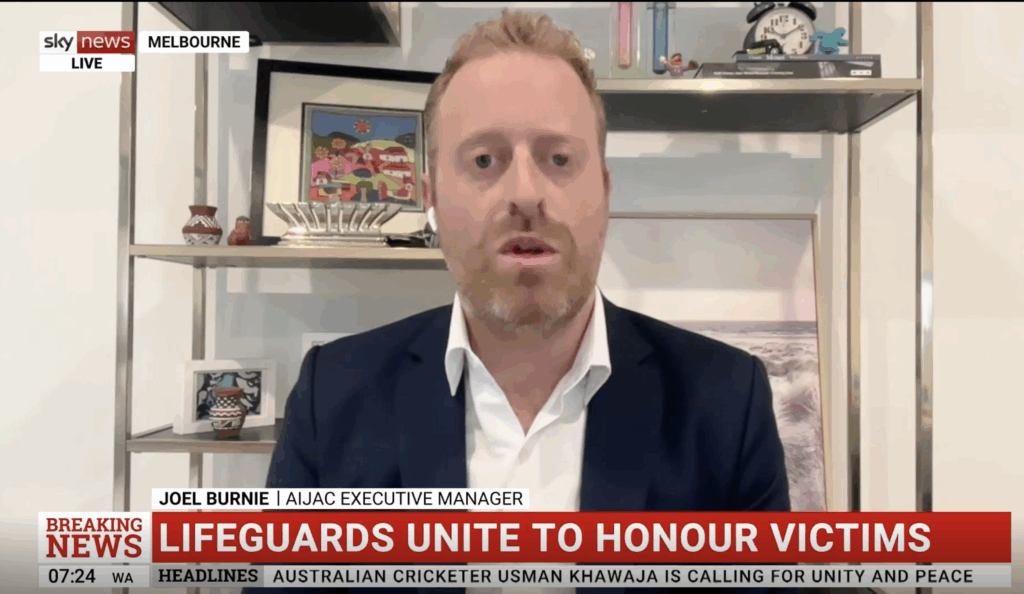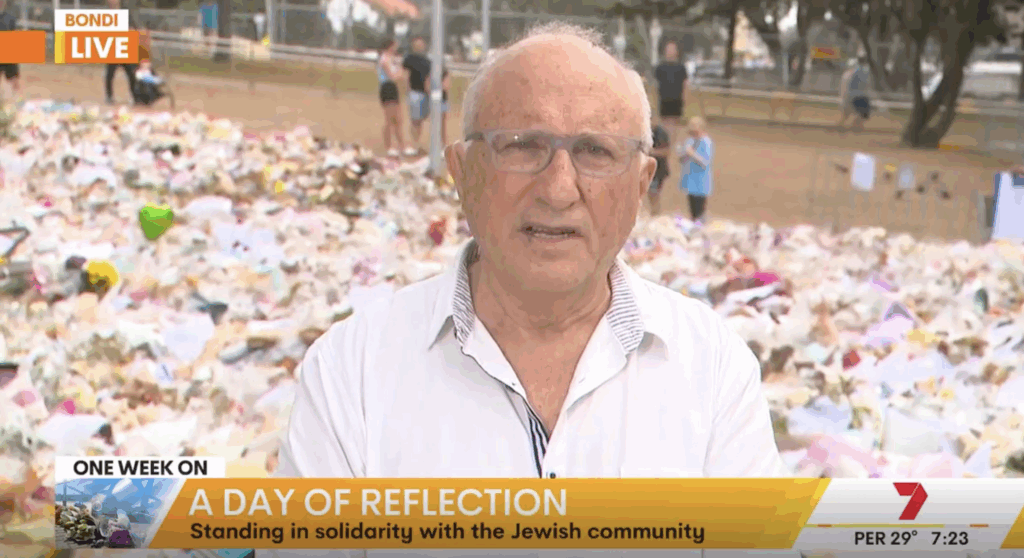UPDATES
In a poor sign for a two state solution, Palestinians refuse to pay for utilities services
February 27, 2014 | Michael Thurin

AIJAC senior policy analyst Ahron Shapiro previously reported on Dec. 4 on the electricity and fuel crises in Gaza. Now a recent development is highlighting continuing difficulties in delivering utilities to Palestinians.
The Jerusalem District Electricity Company’s (JDEC) has proposed to raise the price of electricity across the West Bank in response to the Palestinian Authority’s (PA) refusal to repay millions of shekels of debt.
Company Director Hisham al-Omari told Palestinian newspaper Ma’an on Feb. 21 that JDEC gave the PA two options; either pay the 400 million NIS ($126 million AUD), or raise electricity tariffs to become equivalent to those of Israel.
The JDEC is a private Palestinian distributor and receives electricity almost entirely from Israel’s primary energy provider, the Israel Electricity Corporation (IEC). The Palestinian company is owed millions of shekels by the PA because many Palestinians, especially those living in refugee camps in the West Bank and Gaza, haven’t paid for electricity in over a decade. Others can simply tap into the power grid illegally knowing full well the Palestinian Government has no interest in prosecuting them.
Al-Omari stated that less than 70 % of bills are paid on a regular basis, underlining this confounding lack of enforcement by the PA.
The Israeli newspaper Yedioth Ahronot reported on Feb. 20 that Yitfach Ron-Tal, director of the IEC, sent a letter to the Israeli government demanding that they either cover the NIS 1.369 billion (AUD $430 million), or allow the company to disconnect electricity from areas that have not paid. However the latter outcome is unlikely, given that the Israeli government would undoubtedly come under intense international scrutiny for the humanitarian crisis it may cause if areas of the West Bank were plunged into darkness. AIJAC previously reported on similar calamities in 2013 caused by fuel and electricity shortages in Gaza.
Ron-Tal stated at a meeting of the Knesset Finance Committee on Feb. 25:
“If an ordinary citizen would not pay his electricity bill, we would disconnect him within a week, and here, despite the enormous financial debt of the company, we have to continue to provide electricity to the PA.”
If Israel did step in to guarantee the debt, it would mean that Israeli taxpayers would bear the financial brunt of the PA’s inefficiency; an outcome that Committee Chairman Nissan Slomiansky said was untenable:
“It cannot be that citizens of Israel will finance the deficits of the IEC, which stem, among other things, from the PA’s lack of debt collection.”
The finance committee is considering appealing this question to the High Court.
Yet electricity is not the only utility that the PA is consuming at the expense of the Israeli public. Significant water shortages across the West Bank and Gaza have seen the Israeli government step in and cover the cost of their Palestinian neighbours’ unregulated water consumption.
The water debate was sparked by the misleading assertion of European Parliament President Martin Schulz that the amount of water available to the average Israeli unfairly overwhelms the amount of water available to the average Palestinian. Schulz commented:
“A Palestinian youth asked me why an Israeli can use 70 cubic liters of water and a Palestinian just 17. I haven’t checked the data. I’m asking you if this is correct.”
The Guardian reported on Feb. 13 that in reality, Israelis inside the Green Line have access to 1.7 times the amount of water of their Palestinian counterparts, not the 4.42 times that Schulz insinuated.
In a detailed response on Feb. 24, Prof. Haim Gvirtzman of the Begin-Sadat Centre for Strategic Studies pointed out that Israelis and Palestinians actually use similar amounts of “fresh water” (that is, water not desalinated or recycled). Among his points was that when it comes to water, Israel actually subsidises Palestinian consumption, even in spite of its own taxpayers.
The report outlined that most Palestinians do not pay for the water they use, either in the home or for agricultural purposes. There are no water meters at the entry point to homes or at pumping stations that can gauge the quantity of water consumed. As a result it is impossible for the PA to measure the amount of money owed by individual consumers. The lack of regulation therefore causes rampant water wastage, because those who don’t have to pay for water have no incentive to conserve it.
The report also describes other alarming statistics that highlight the astonishing failure of the PA to invest in water infrastructure.
The 1995 Oslo Agreement gave the Palestinians rights to around 40 drilling sites that gave access to an underground aquifer in the Eastern Hebron Hills region. In the past 20 years, less than one third of these sites have been utilised, with fresh water spilling untapped into the Dead Sea. Rather than developing these drill sites, the Palestinians have preferred to drill wells on the Western Mountain Aquifer, the basin that provides groundwater to Israel, thereby standing in direct and gratuitous competition with Israel over its water source.
The report maintains that up to 33% of the urban water supply in West Bank cities is wasted through pipe leakages. In contrast, only 10% of Israeli water supply is wasted in this way. By reducing leakages to 20%, which would be relatively simple and inexpensive, Palestinians could save up to 10 million additional cubic metres of water per annum. It must be noted that a joint Israeli-Palestinian Committee must approve any improvements, which sometimes frustrates the ability to effect repairs. Nonetheless, there has been no concerted push by the PA to prioritise the upkeep of their dilapidated urban water infrastructure.
Moreover, the Palestinians continuously refuse to build sewage treatment plants, despite their obligation to do so under the Oslo Agreement. Sewage from Palestinians towns flows into local streams and pollutes the surrounding environment, contributing to the spread of disease. Similarly, Palestinians in Gaza have refused to build a desalination plant, despite the fact that the proposed project would be almost entirely financed by the international community, according to a 2012 UfM Secretariat report.
A desalination plant could completely solve Gaza’s water shortages.
Gvirtzman notes that Palestinians purchase about 50 million cubic meters of water from Israel’s Mekorot water company each year, but that the PA does not pay for this water directly. Rather, the State of Israel pays Mekorot, and then deducts the costs of the water from the customs and tax income that Israel collects on behalf of the PA at Israeli ports. This means that the Israeli government essentially acts as a guarantor for the Palestinian debt, eliminating any risk that the PA will default.
Additionally, the PA pays Mekorot for just 80% of the actual cost of the water it consumes. The consequence of this is Israeli taxpayers have to reach into their own pockets, paying a premium of 2% per cubic metre of water in order to subsidize the PA’s shortfall.
The solution to the bourgeoning Palestinian water debt, like that of the electricity debt, is an attempt by Mekorot to raise water prices. Negotiations have fruitlessly dragged on for more than 10 years.
These events paint a picture of comprehensive failure of governance with regard to developing Palestinian utilities infrastructure. As Israeli business paper Globes’ reporter Amiram Barkat wrote:
“This raises the questions why the Palestinians do not generate their own electricity or built even one large power station, despite receiving the greatest amount of foreign aid in the world on a per capita basis. The questions are good ones, especially given the presence of one small, oil-burning polluting power station in Gaza, which could be operated by natural gas. The Palestinians do not lack for gas: BG Group plc discovered gas at the offshore Marine Gaza license in 1999. This field could meet the Palestinian’s full electricity generating needs for almost 20 years.”
An Israeli-Palestinian two state solution requires a Palestinian leadership prepared to invest both effort and resources into good governance and viable infrastructure development. However the current state of Palestinian utilities services offers little evidence that the PA is prepared to play that role.
Michael Thurin
Tags: Israel





